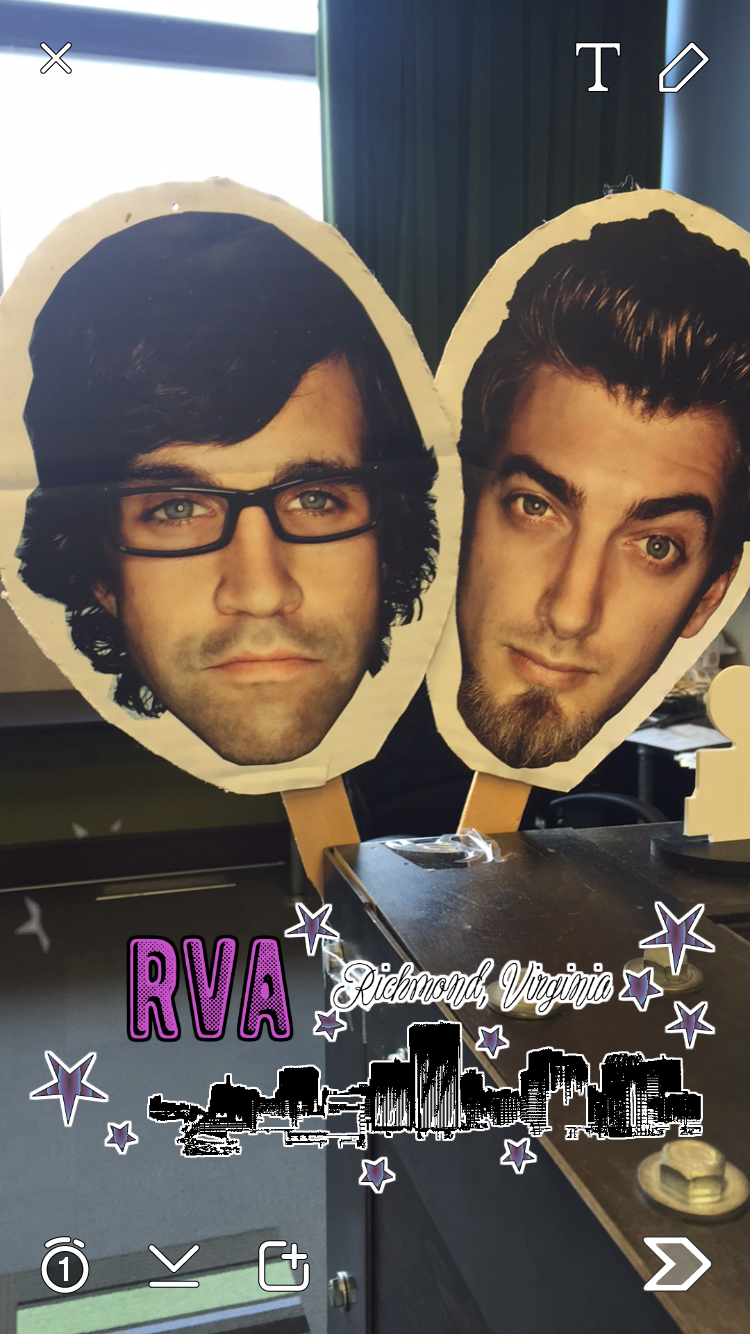Why you should be paying attention to Snapchat Discover

Earlier this month, Jon blogged about the “walls tumbling down” where he referenced Snapchat’s new Discover feature. Discover launched at the end of January and is Snapchat’s newest iteration in its effort to monetize. And it makes sense; the latest stats are saying that Snapchat has more than 100 million monthly active users, an estimated 700 million ‘snaps’ (photo or video messages sent between users that ultimately disappear within a few seconds) are viewed daily and ‘stories’ (photos or videos that can only be viewed for a 24 hour period) are seen more than a billion times per day. Additionally, users have to be actively engaged to consume this content as snaps and stories are activated by touch.
So what is Discover?
Discover is a way for its 11 publishers (mainly media companies) to branch out and reach a new audience. Time Inc. executive business director Joseph LaFalce had this to say about People’s involvement, “The demographic on Snapchat is much different from the demographic that’s reading People right now. We want to tap into that and create that new generation of loyal readers.” It is also a way for Snapchat and these publishers to generate ad revenue—with ads ranging from an estimated $.15 to $.30 per view. While Discover is currently only open to the media companies that Snapchat has “invited” to participate, other brands like Taco Bell, the World Wildlife Fund, the NBA and Mashable have created profiles that users can interact with users (much like the early days of Facebook when brands were forced to create profiles, before Facebook Pages existed).
No formal figures have been released on the success of Discover, but if marketers didn’t already have Snapchat on their radar of emerging social platforms they should now, especially if your target audience is under 25.
Four Snapchat terms you should know:

- Snap—photo or video content that you create and share with your “friends” on snapchat. Snaps disappear within a timeframe of your choosing (1-10 seconds). To access snaps sent to you by friends, you press and hold. Think of snaps as disappearing messages. Text can be added to snaps, and users can even use the pen to draw on their photos.
- Stories—photo or video content that can be accessed by your entire friends list (or the public depending on your profile’s settings). Your friends have to press and hold to view your stories. Users can see who has chosen to view their snapchat stories. Think of stories as disappearing status updates. Stories can be viewed more than once, but automatically disappear after a 24 hours period, or if a user decides to delete his or her story.
- Screenshot—If you don’t want your friend’s snap or story to disappear, you can take a screenshot and save it forever. The only catch is that your friend will be notified that you saved that embarrassing selfie they sent to you.
- Geofilter—Filters (text/image overlays) based on your location.
Snapchat made a bold statement with the release of Discover, claiming, “This is not social media. Social media companies tell us what to read based on what’s most recent or most popular. We see it differently. We count on editors and artists, not clicks and shares, to determine what’s important.” Marketing and PR professionals should keep an eye on what Snapchat is doing and at least know the basics of how users interact with the platform, especially if they work for organizations that are hoping to reach a much younger demographic.
Leave a Reply